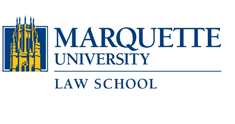Abstract
Despite the critical significance of the roles played by media in conflict and conflict resolution, this area has been relatively neglected by both scholars and practitioners. Most existing studies focus on the often negative contributions of the media to the escalation and violence phases of conflict. Very few studies deal with the actual or potential media contributions to conflict resolution and reconciliation. Indeed, the media, particularly radio and television, were instrumental in fomenting conflict and violence in places such as Rwanda and Bosnia. The Danish cartoon controversy also demonstrates that the media can even cause a violent conflict. Scholars and practitioners have noticed how the media exacerbate conflict and have concluded that the media’s role can be reversed and converted into positive contributions to conflict resolution. This reversal, however, is difficult to achieve. It is always easier to foment conflict than resolve it, and the media’s role in conflict resolution is more complicated than the roles of those dominating the violence phase.
The paucity of research and analysis of the media’s role in conflict resolution may be attributed to the difficulties inherent in multidisciplinary research and the absence of adequate tools, models, and frameworks for analysis. There are serious gaps between theoreticians and practitioners in the fields of conflict resolution, communication, and journalism. Gaps also exist between theoreticians and practitioners within each of these groups. One way to reduce these gaps is to construct a multidisciplinary framework for analysis and practice. This study attempts to offer such a framework.
Repository Citation
Eytan Gilboa,
Media and Conflict Resolution: A Framework for Analysis,
93 Marq. L. Rev. 87
(2009).
Available at: https://scholarship.law.marquette.edu/mulr/vol93/iss1/9
